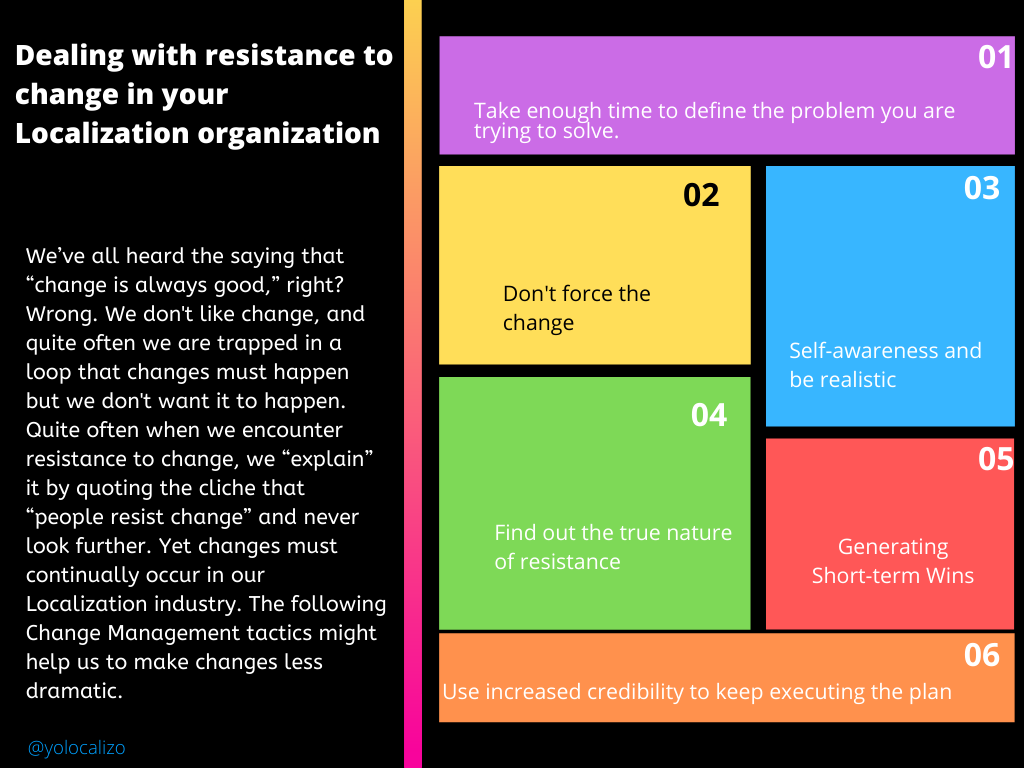While localization fundamentals are the same across software, video games stand out for their unique challenges. There are elements complicated to deal with such as the narrative arc, or syncing voiceovers with character lip movements, timing subtitles perfectly so they appear in the right scene at the right time …
Words have the power to shape perceptions and influence actions, which is why reframing is such a powerful tool. In localization, we can reframe our role from simply translating to driving alignment across the company. By ensuring content is consistent, culturally relevant, and strategically aligned with business goals, localization professionals play a key role in helping businesses grow globally. This post explores how we create that alignment and why our work is much more than just translation.
Post-localization activities are crucial for maintaining high-quality localized content even after a product launch. These include collecting user feedback, monitoring translation consistency, and ensuring legal compliance, all of which aim to improve the user experience. Continuous efforts in localized SEO, metrics tracking, and stakeholder alignment keep your localization strategy strong and relevant across global markets—and this post covers all that!
In this post, I compare the excitement of discovering the internet to the rise of AI in localization today. With tools like LLMs and GPT, we’re at a turning point, and staying curious, planning carefully, and aligning efforts are key. Missing any crucial element, as shown in the infographic, could hinder progress. A "slow and steady" approach is essential as we navigate this change.
Handling feedback like "this translation sounds weird" requires us to be armed with patience and resist the temptation to push back, as we might be labeled as defensive. It’s better to take an analytical approach, as described in this post, and why not use ChatGPT as a friend instead of a threat
In this post, I explore how chatGPT can become your devil’s advocate in localization, helping you challenge assumptions and think beyond the obvious
We’ve all heard the saying that “change is always good,” right? Wrong. We don't like change; we don't like to step out of our comfort, but still, change must happen. I've been studying "Change management and resistance to change" in the last weeks because change is the norm in our #localization industry. In this post, I summarized my learnings so far! I hope you find it useful ☺️
There are many articles about best practices on how to prepare an RFP, but information about how to evaluate them is scarce. This blog post gives a client-side perspective on what areas are important.
Understanding in which areas AI is really powerful, and the ones that a human professional is superior is critical nowadays to maximize our impact and possibilities to stay relevant in the generative content world we are living in nowadays












This post explores the key differences between working on the buyer versus the provider side of the localization industry. While there are some tasks common to both, others vary significantly in areas such as people management, operations, strategy, and metrics. The article breaks these tasks into four categories, providing examples for each to highlight these distinctions